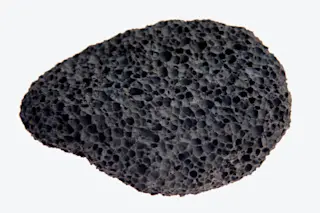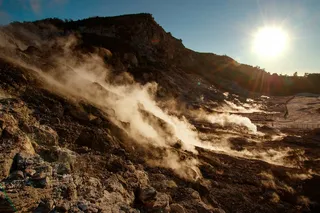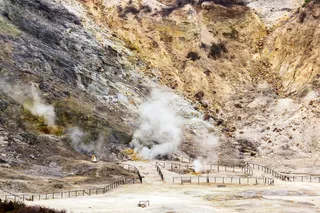Getty Images Last week, a Royal New Zealand Air Force flight spotted a new pumice raft in the middle of the Pacific ocean to the west of Tonga. Pumice rafts are floating islands of pumice created during a submarine volcanic eruption and they can persist for months or longer. This raft was seen by aircraft and satellite in an area with no known volcanoes. However, from the looks of the raft, it might be a long way from home. The pumice is strung out in long streamers, suggesting it has been smeared and distorted by ocean currents and weather as the pumice floats along the ocean surface. UPDATE: A number of people have asked a good question: how big is this raft? Based on the satellite images, it could be tens of kilometers long, but very narrow (hundreds to tens of meters?). It is a little tricky to get a ...
Nobody Knows Where This Big Raft of Pumice Came From
A pumice raft spotted in the Pacific ocean raises questions about its volcanic origins and potential submarine eruptions.
More on Discover
Stay Curious
SubscribeTo The Magazine
Save up to 40% off the cover price when you subscribe to Discover magazine.
Subscribe













